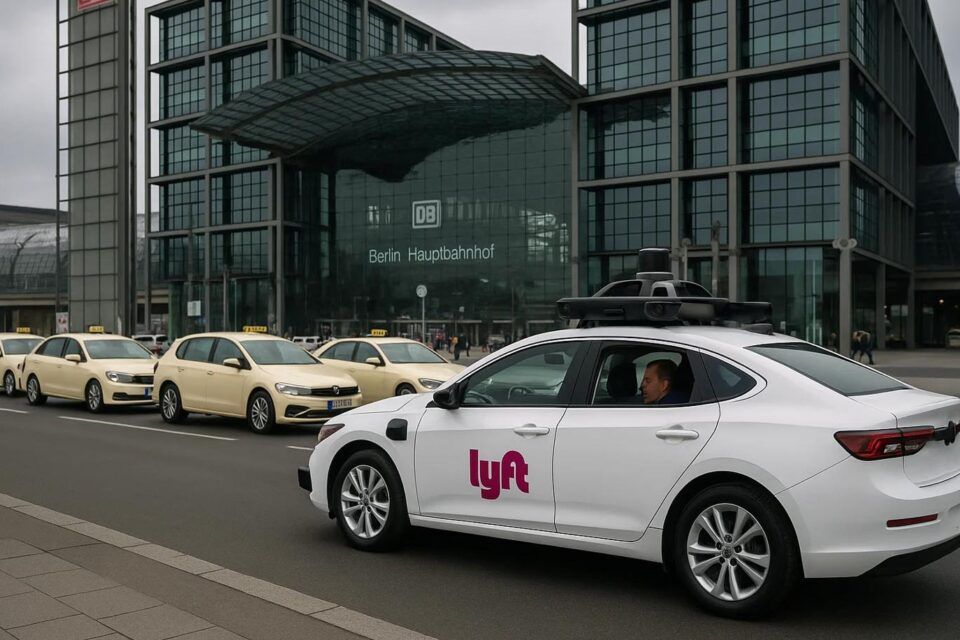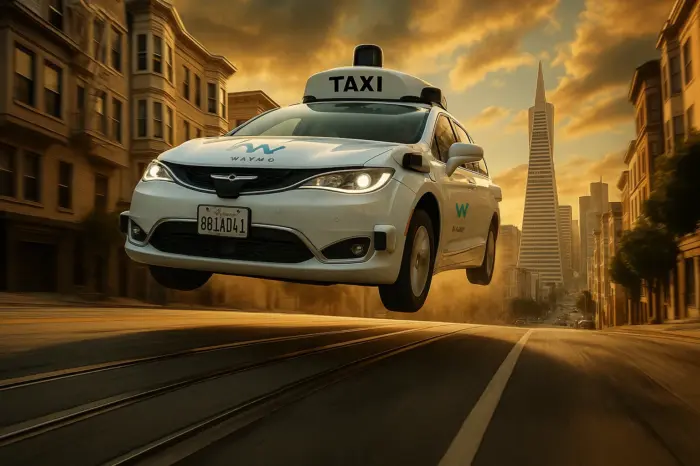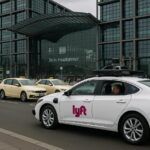Lyft and Baidu plan to launch robotaxi services in Europe starting in 2026

US ride-hailing company Lyft and Chinese technology giant Baidu plan to launch fully autonomous vehicles in the European market next year. According to both companies, robotaxi services are expected to start in Germany and the United Kingdom in 2026—pending regulatory approval.
The partnership involves a clear division of responsibilities: Baidu will provide the autonomous vehicle technology, while Lyft will handle operations via its app infrastructure and the recently acquired mobility platform FREE NOW. FREE NOW currently operates in nine European countries, including Germany, France, and the UK.
With its Apollo Go system, Baidu brings extensive experience in autonomous driving. The company claims to have completed over 11 million paid rides with self-driving vehicles in China. The newest generation of robotaxis—the RT6 model—are said to be highly cost-efficient, with production costs under $30,000 per vehicle.
Commercial operations expected from 2026
Lyft and Baidu aim to launch commercial operations in selected cities in the UK and Germany. The goal is to deploy a four-digit number of autonomous vehicles across European cities within a few years. However, the exact rollout timeline will depend on national and regional regulatory approvals.
In the UK, the companies anticipate a launch by spring 2026. In Germany, the legal framework is more complex. While the Road Traffic Act permits highly automated vehicles under certain conditions, local authorities must still issue specific approvals. Whether operations will be permitted without safety drivers remains uncertain.
Rising competitive pressure
Lyft and Baidu’s expansion responds to an increasingly competitive market. Ride-hailing company Uber has announced similar plans for 2026 and is working with autonomous vehicle manufacturers such as Waymo and Motional. Other companies, including Wayve, Tesla, and Cruise, are also pursuing robotaxi strategies for the European market.
Opportunities and challenges
Autonomous vehicles promise long-term cost savings by eliminating the need for human drivers. Providers like Baidu also emphasize potentially greater road safety thanks to advanced sensors and AI-supported driving decisions. Studies and pilot programs suggest a lower accident risk compared to human drivers.
However, technological and societal challenges remain. Complex traffic situations, changing weather conditions, and unpredictable behavior from other road users continue to pose difficulties for autonomous systems. Public acceptance is also not yet assured. Concerns over data privacy, potential technical malfunctions, and ethical dilemmas remain widespread.
Outlook
The planned market entry by Lyft and Baidu marks an important step in the global race for autonomous mobility. For cities, regulators, and users, the key question is how robotaxis can be integrated into existing transport infrastructures—and whether they can deliver on promises of efficiency, safety, and availability.
Whether 2026 will see a real breakthrough depends largely on legal frameworks and public acceptance. The debate about the future of urban mobility is likely to gain new momentum through this development.
















